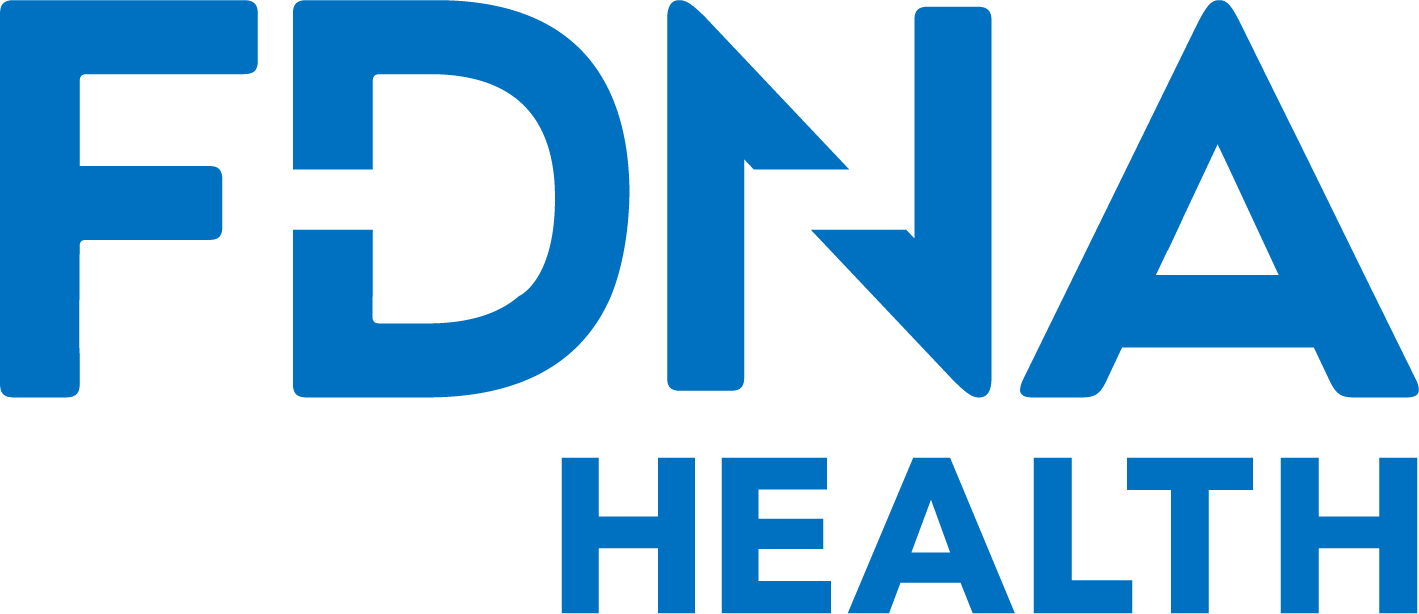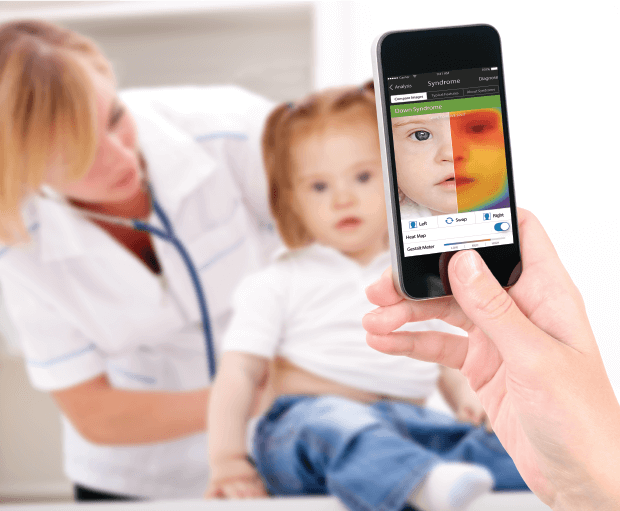What is a Diagnostic Odyssey?
A diagnostic odyssey is defined as the time between when a symptom or feature of a genetic or rare disease is noted to the time when a final diagnosis is made.
The average waiting time for a final diagnosis is currently estimated to be around five years and can involve the input of, on average, 4-5 doctors.
Navigating a diagnostic odyssey
For many families, navigating their child’s diagnostic odyssey can be a long and painful process. Trying to find answers to why their child presents with specific features and health conditions and trying to understand which genetic condition may be causing them can be a difficult, time consuming, and expensive process that takes its toll on the whole family.

A rare disease diagnosis can be difficult to reach. Through the course of their diagnostic journey, families may find themselves passed from doctor to doctor, from specialist to specialist, and at the end of it are often no wiser about why their child is sick and how they can help them. Numerous clinic visits, hospital stays, and tests that still seem to provide no definite answer make the diagnostic odyssey a traumatic one for many families as they attempt to manage a child’s symptoms without knowing their cause and the best way to manage them.
Can Health help with a diagnostic odyssey?
Not being able to find the answers quickly from medical professionals is a frustrating process. However, recent advancements in Health solutions have found new ways to apply new technologies to speed up the diagnostic journey and provide families with answers quicker.
FDNA Health utilizes AI to perform genetic facial screening and genetic analysis to start families on their diagnostic journeys. It can also connect families to genetic counseling, either in person or through telegenetics and video conferencing, and then to geneticists who can send them for the necessary genetic testing and screening if required. Our goal is to help families find answers and a diagnosis for a large number of rare genetic disorders and in the process reduce their diagnostic odyssey considerably.







